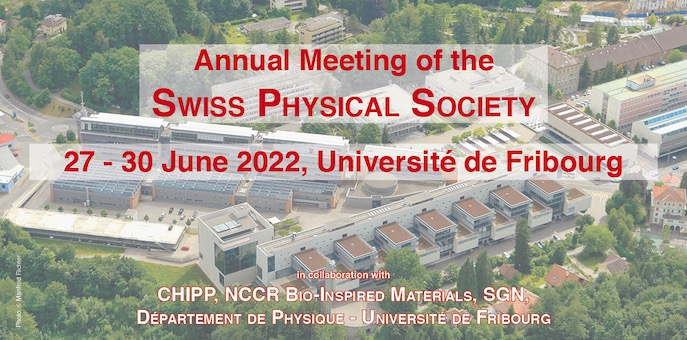Speaker
Description
Recent experiments with metallic nanowire devices suggest that superconductivity can be suppressed by the application of electric fields, at odds with current understanding of electrostatic screening in metals. We demonstrate that the control of superconductivity in such switches does not depend on the presence of an electric field at the nanowire surface but requires a current of high-energy electrons (below 100 fA in our devices). The suppression of superconductivity is most efficient when electrons are injected into the nanowire, but similar results are obtained when a current flows between two remote electrodes without electrons reaching the nanowire. In the latter case, high-energy electrons decay into out-of-equilibrium phonons which propagate through the substrate and affect superconductivity in the nanowire by generating quasiparticles.
